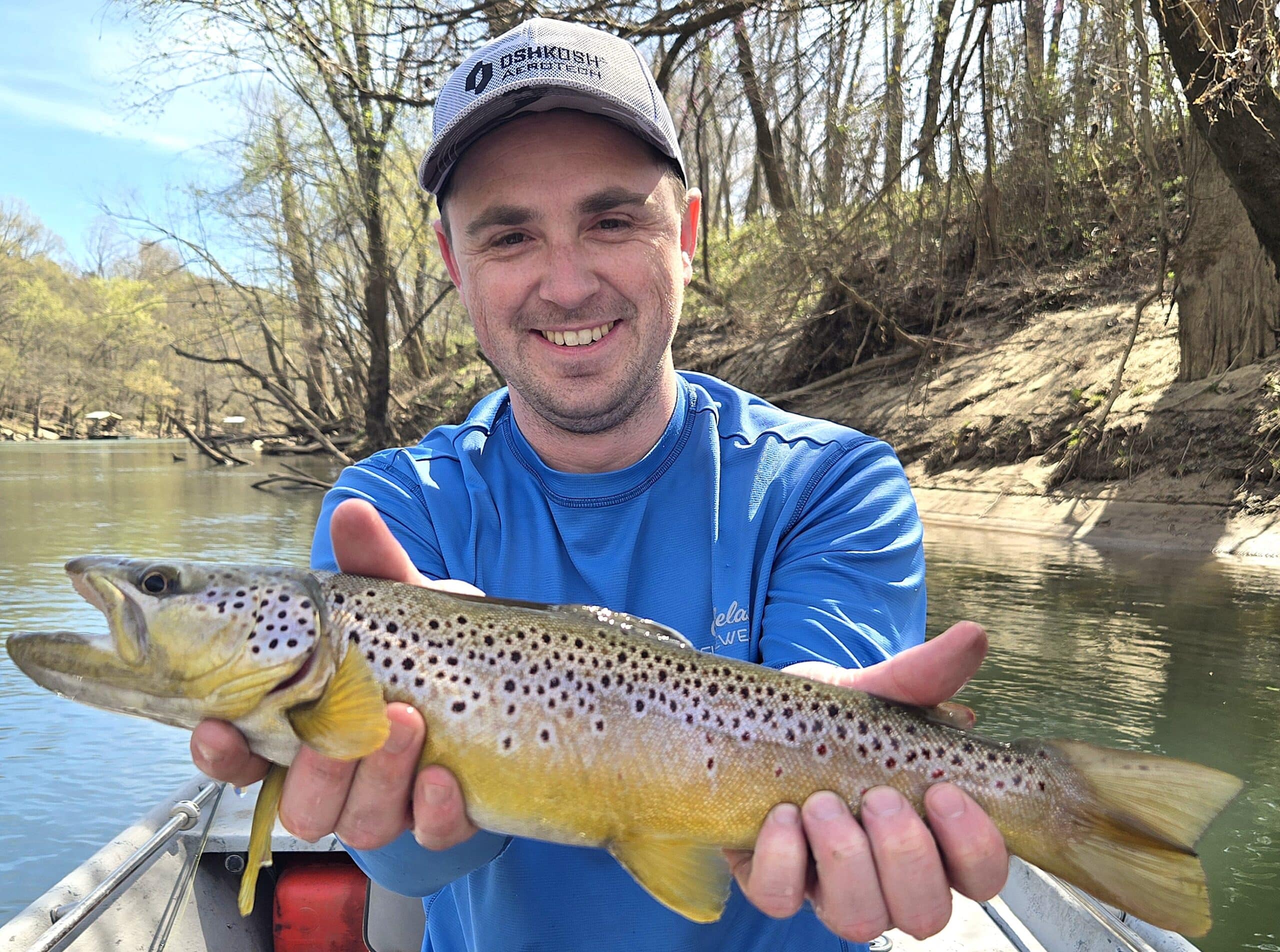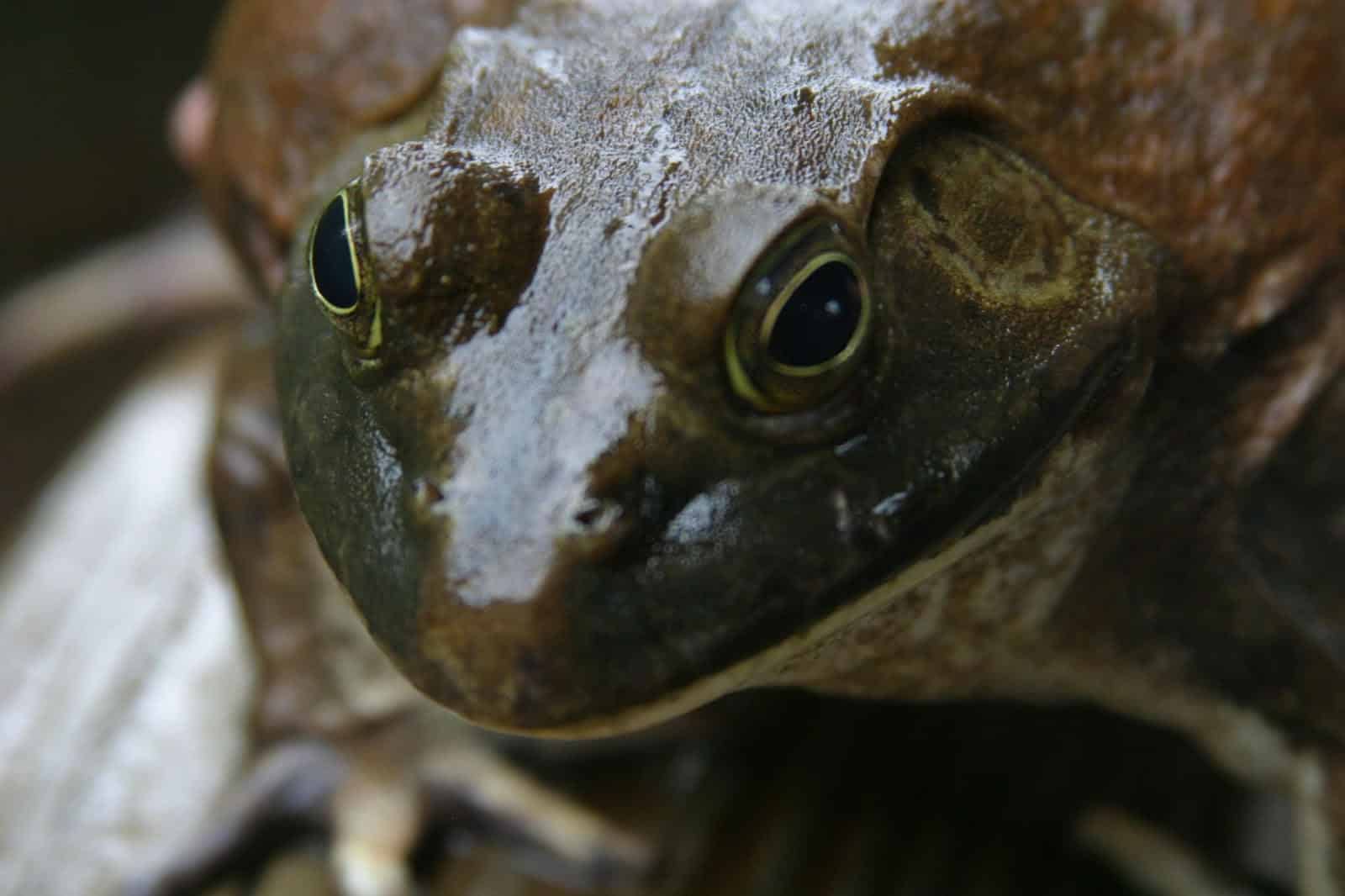AGFC updates Northeast Arkansas hunters about Dave Donaldson WMA renovation
ON 02-12-2024

POCAHONTAS — More than 120 hunters, farmers and local business owners filled Pocahontas Junior High School gymnasium’s stands Saturday morning for an update about the future management plans for Dave Donaldson Black River Wildlife Management Area. Another meeting at the Nettleton High School cafeteria that afternoon drew 60 individuals concerned about the status and plans for upgrades to the WMA.
The Arkansas Game and Fish Commission held both meetings as part of continued outreach about the decline of forest health in intensively managed bottomland hardwoods and the need for change in both infrastructure and management to conserve these valuable natural resources.
“These meetings aren’t about us convincing someone who’s hunted these areas for decades that we’re right, they’re about building our relationship with these members of the conservation community and working together to make sure Arkansas’s place as the premier public land duck-hunting destination is alive and well now and for our children and grandchildren,” AGFC Director Austin Booth said. “I have a picture on my dresser of my father hunting Bayou Meto years ago, and I want to make sure my children and the children of everyone in attendance have those same sorts of pictures to look at when they get up early in the morning to hunt Dave Donaldson Black River WMA long after we’ve moved on.”
Dave Donaldson Black River WMA is known nationwide as one of the best public land opportunities to hunt flooded timber for mallards. The local economy benefits greatly from the hunters who flock to this WMA in Greene, Clay and Randolph counties each year, thanks to systems of levees and water-control structures that have offered reliable water levels since they were installed, beginning in the 1950s.
Gradual changes in water cycles and shifts in land uses have altered the way water comes to and through these systems, and a shift from holding water to allowing water to move through the area is needed, biologists say. Red oak species such as willow oak and Nuttall oak that offer food to waterfowl though acorns and the invertebrates attracted to them are being replaced by more water-tolerant species of trees that do not produce the same food value for ducks seeking refuge in these flooded forests.

In the last decade, many forest health assessments in WMAs managed for waterfowl have shown alarming declines in the health of red oak species that provide food for wintering mallards. A massive die-off at Henry Gray Hurricane Lake WMA in 2018 that wiped out every tree in 200 acres, and expanded to well over 800 acres since that time, emphasized the need for change and the grave consequences of maintaining the current path.
The need for change is evident, but the solution is not as cut-and-dried.
“This is a balancing act between improving the health of the habitat and maintaining public hunting opportunities,” Booth said. “If all we cared about was the trees, we would remove all the levees and water-control structures and let it just flood naturally when Mother Nature decides. If we only cared about short-term public hunting opportunities, we’d leave things the way they are knowing that the forests that are attracting the ducks to the area would continue to decline and eventually die. Conservation is finding that right mix of meeting the desires of our hunters and other users of the resource with the needs of the habitat that brings the waterfowl to these treasured areas.”
In his presentation of the planned updates to Dave Donaldson Black River WMA, Booth highlighted the increased opportunity for public involvement through two initiatives.
“One, we’re going to bring back public cleanup days before hunting season on Dave Donaldson,” Booth said. “These were very popular with the hunters and beneficial to the hunting experience but a few incidents forced us to shut them down. We want to bring those back.
“Two, we are forming an advisory council to keep an open line of communication between the agency and the public throughout the renovation process. We hope to have both of these in place very soon and will be looking for people to join in this effort.”

Visit www.agfc.com/gtr for more information about the AGFC’s work to renovate greentree reservoirs and conserve Arkansas’s Flooded Timber Legacy. For more information about major infrastructure projects currently underway, visit www.agfc.com/resources/
####
CUTLINES:
MAN IN FRONT OF CROWD
AGFC Director Austin Booth opened both meetings with a presentation on the status of Dave Donaldson WMA’s renovation project.
MAN POINTING AT MAP IN GYM
AGFC Biologist Zach Yancey works with local stakeholders at Pocahontas meeting to work through possible changes to water-management infrastructure.
MAN TALKING TO OTHERS AT CAFETERIA
AGFC Biologist Buck Jackson talks with a small group of hunters at the Jonesboro meeting about plans for water movement through Dave Donaldson Black River WMA after the renovation is complete.
Recent News

Arkansas Wildlife Weekly Fishing Report
Apr. 10, 2025
Subscribe to Our Weekly Newsletter E-mails
Don’t miss another issue. Sign up now to receive the AGFC Wildlife Weekly Newsletter in your mailbox every Wednesday afternoon (Waterfowl Reports are published weekly during waterfowl season and periodically outside the season). Fishing Reports arrive on Thursdays. Fill in the following fields and hit submit. Thanks, and welcome!

